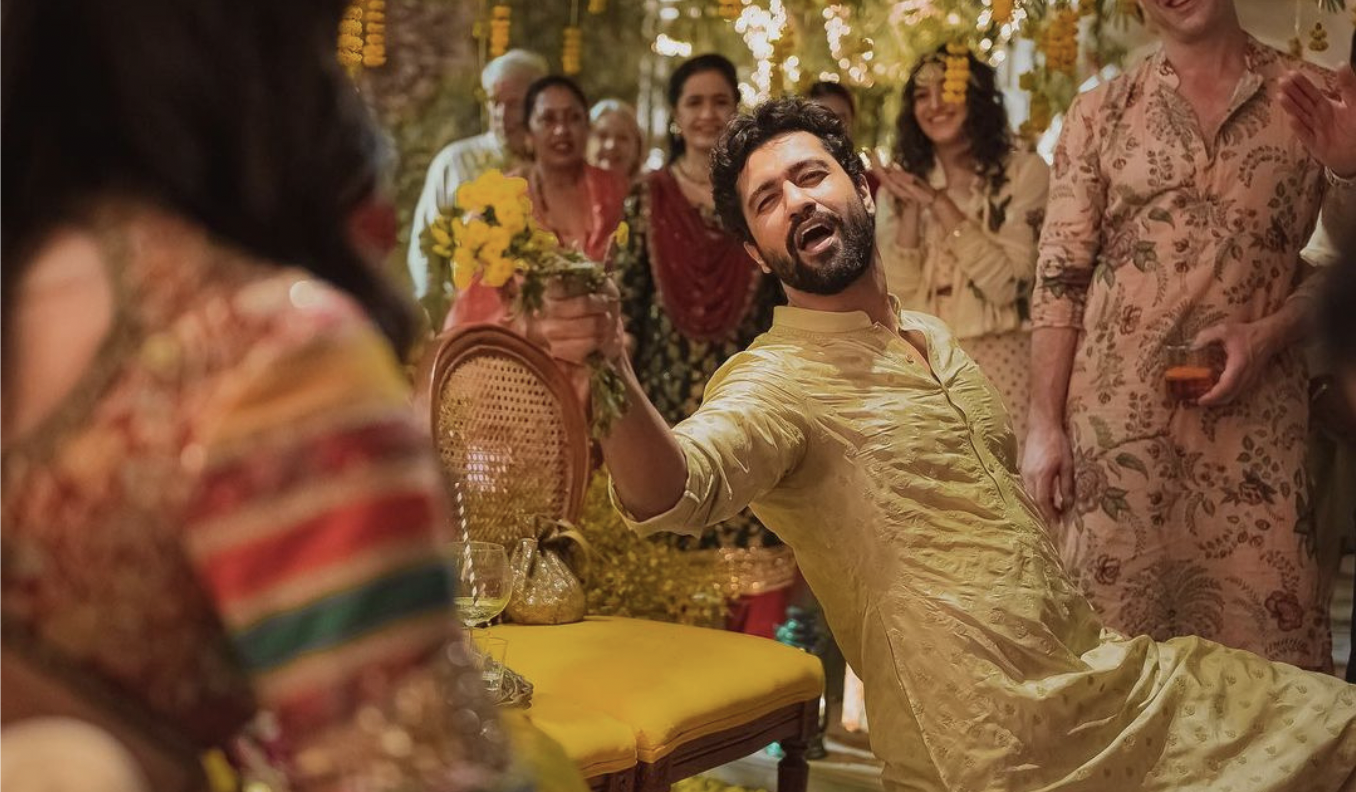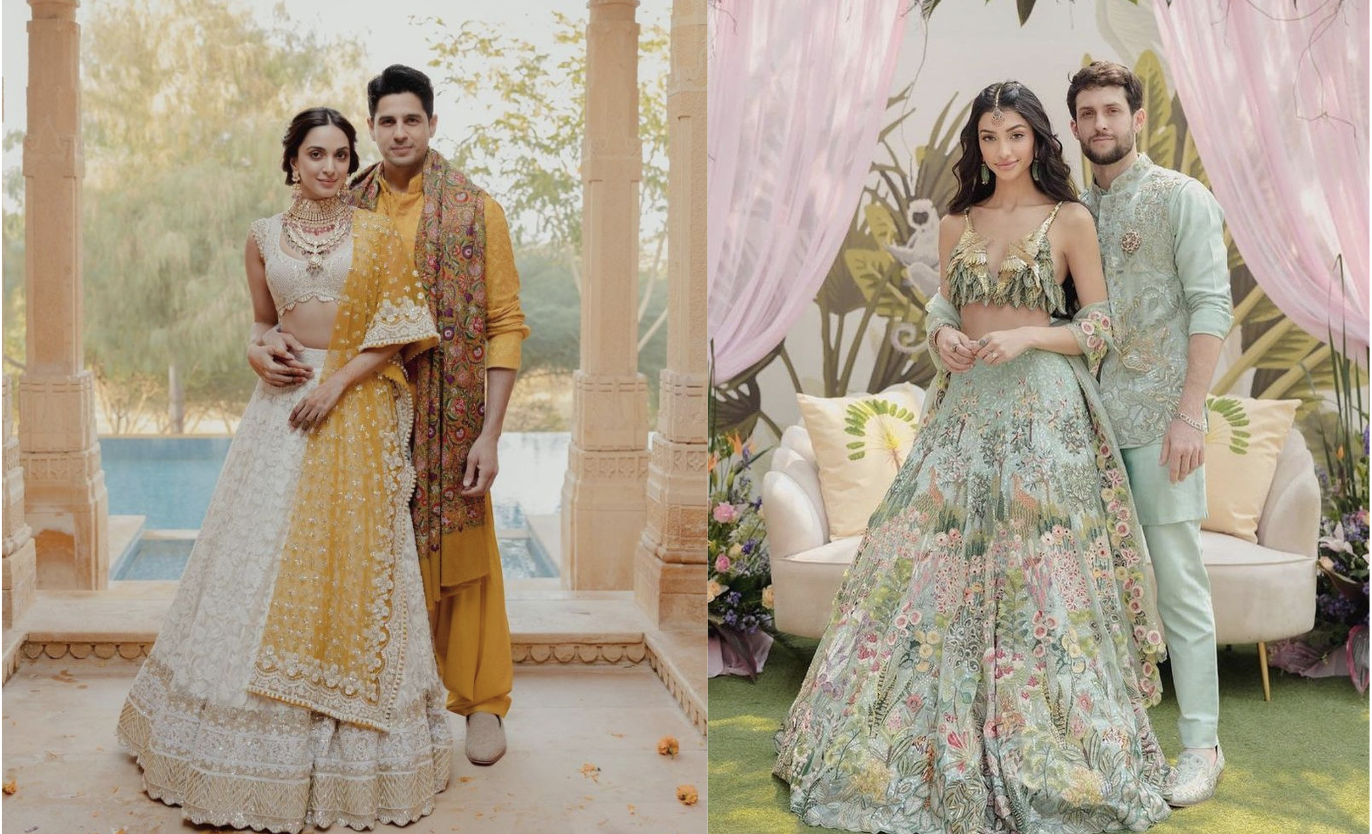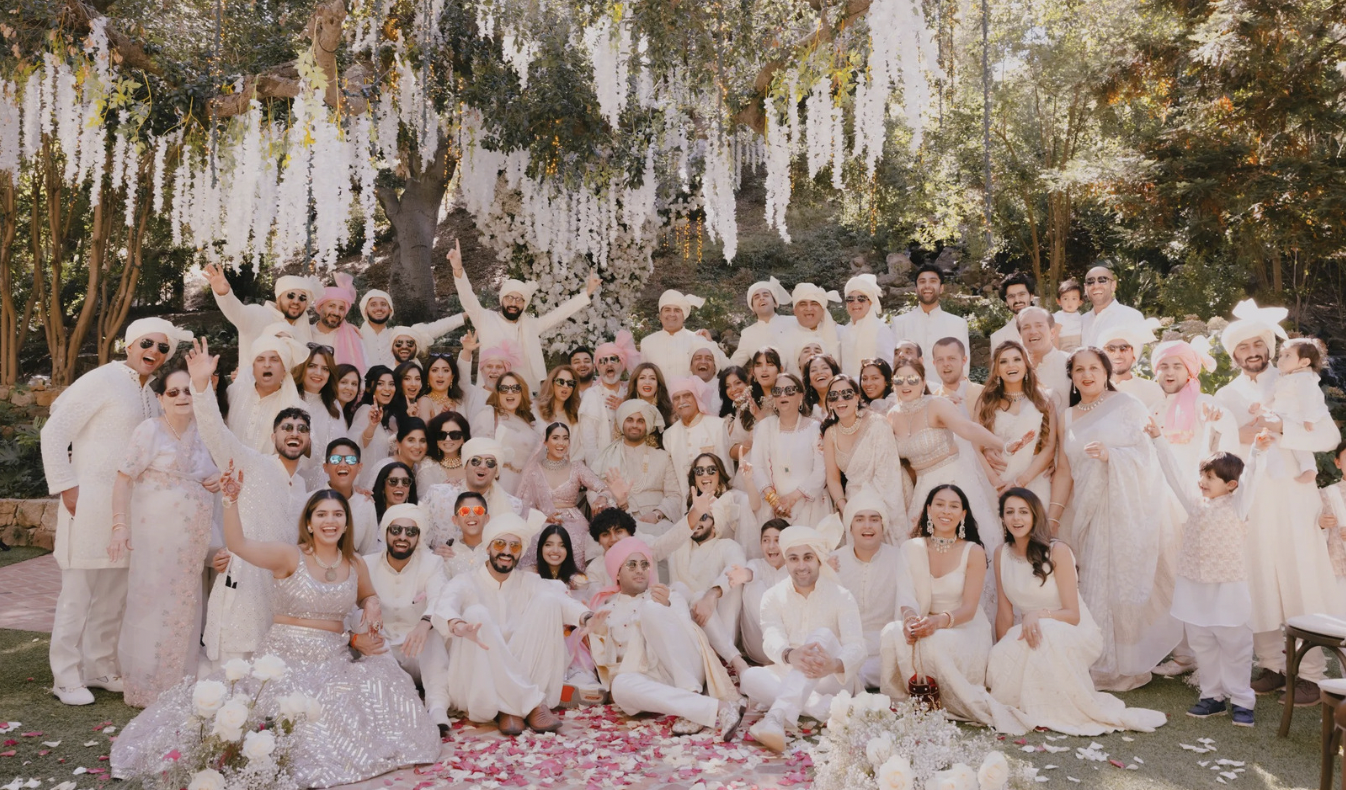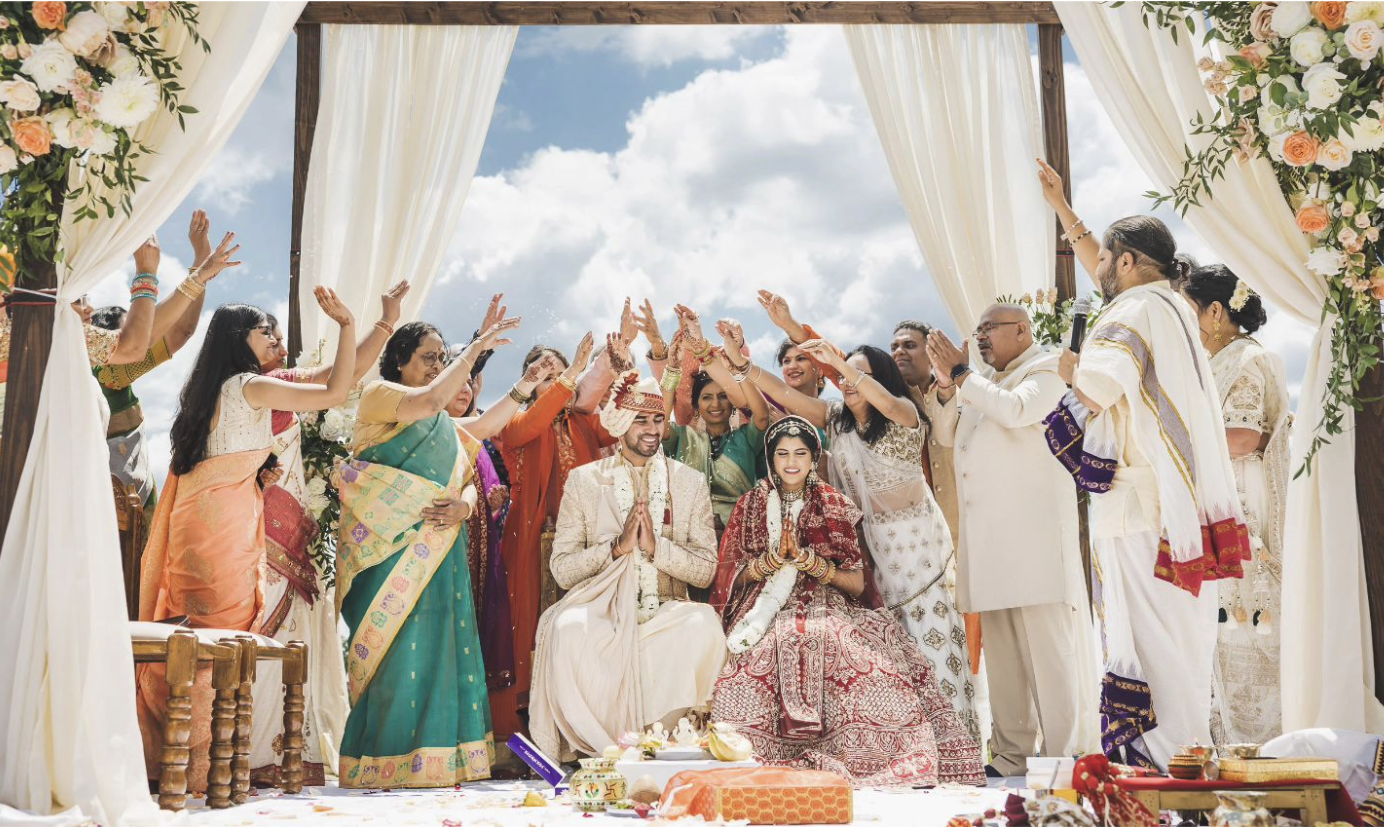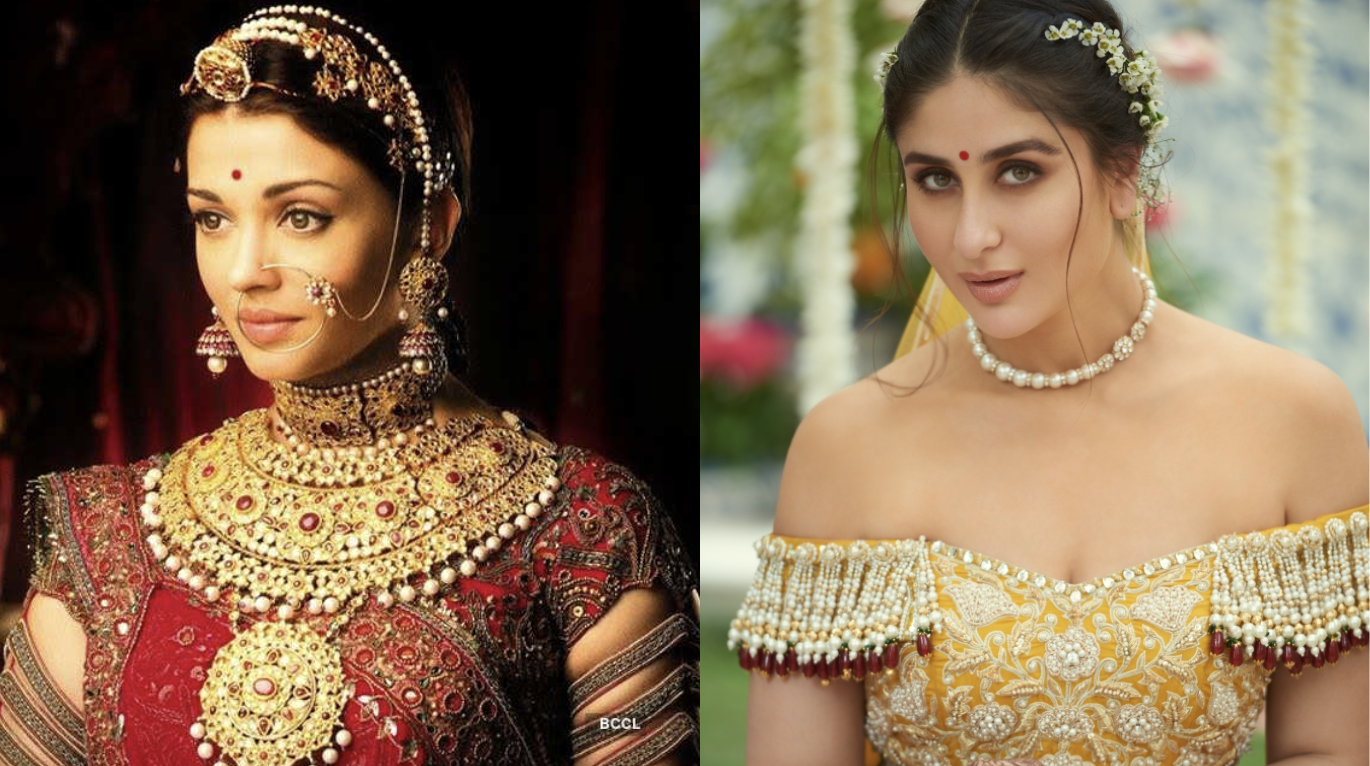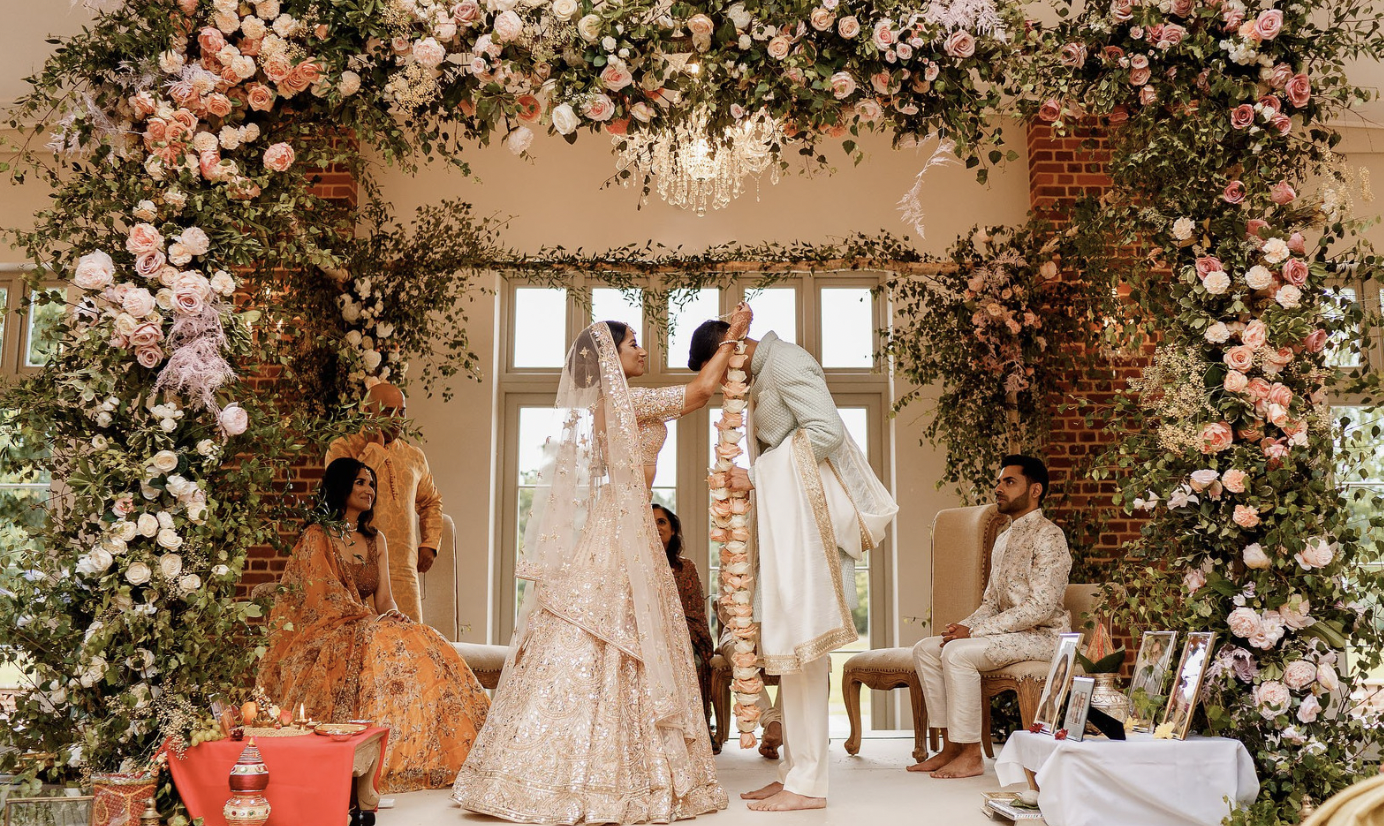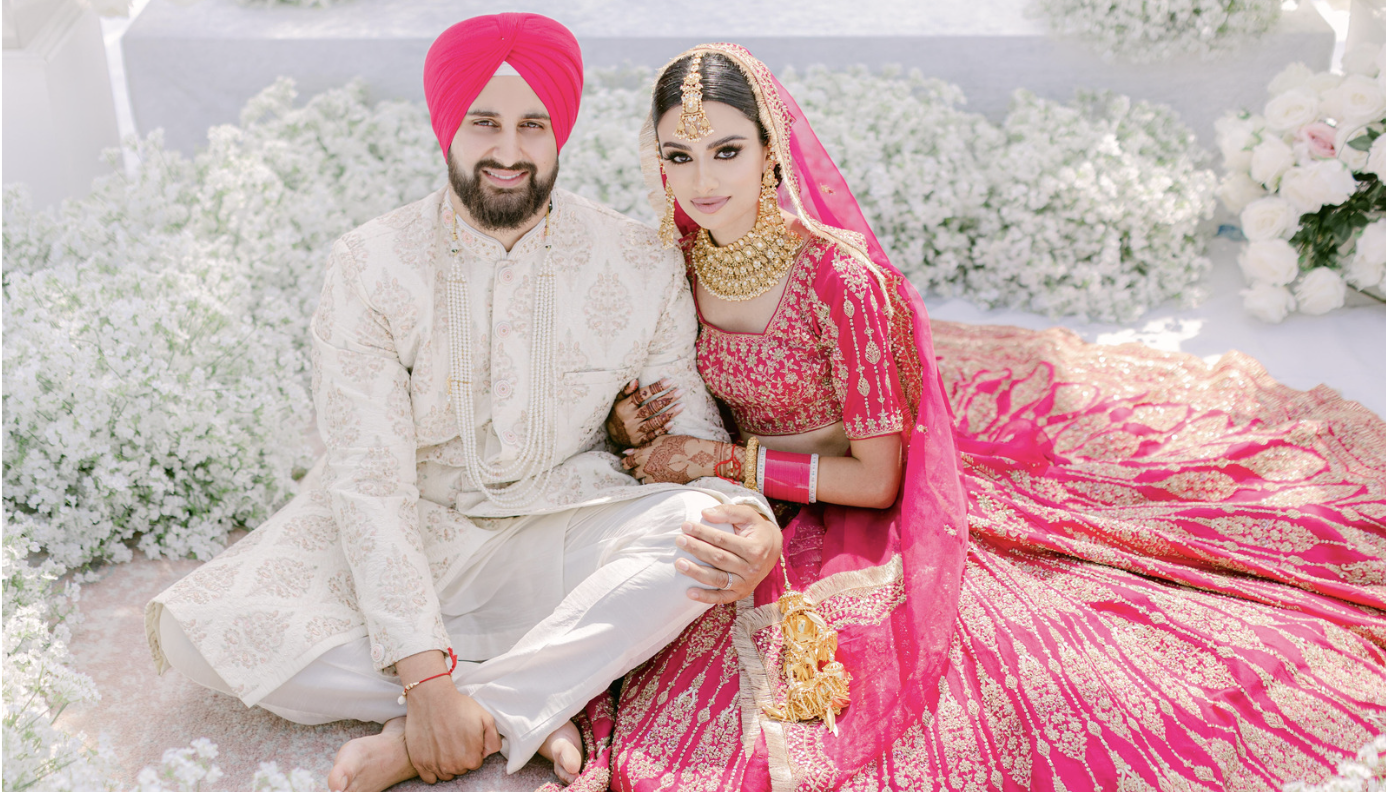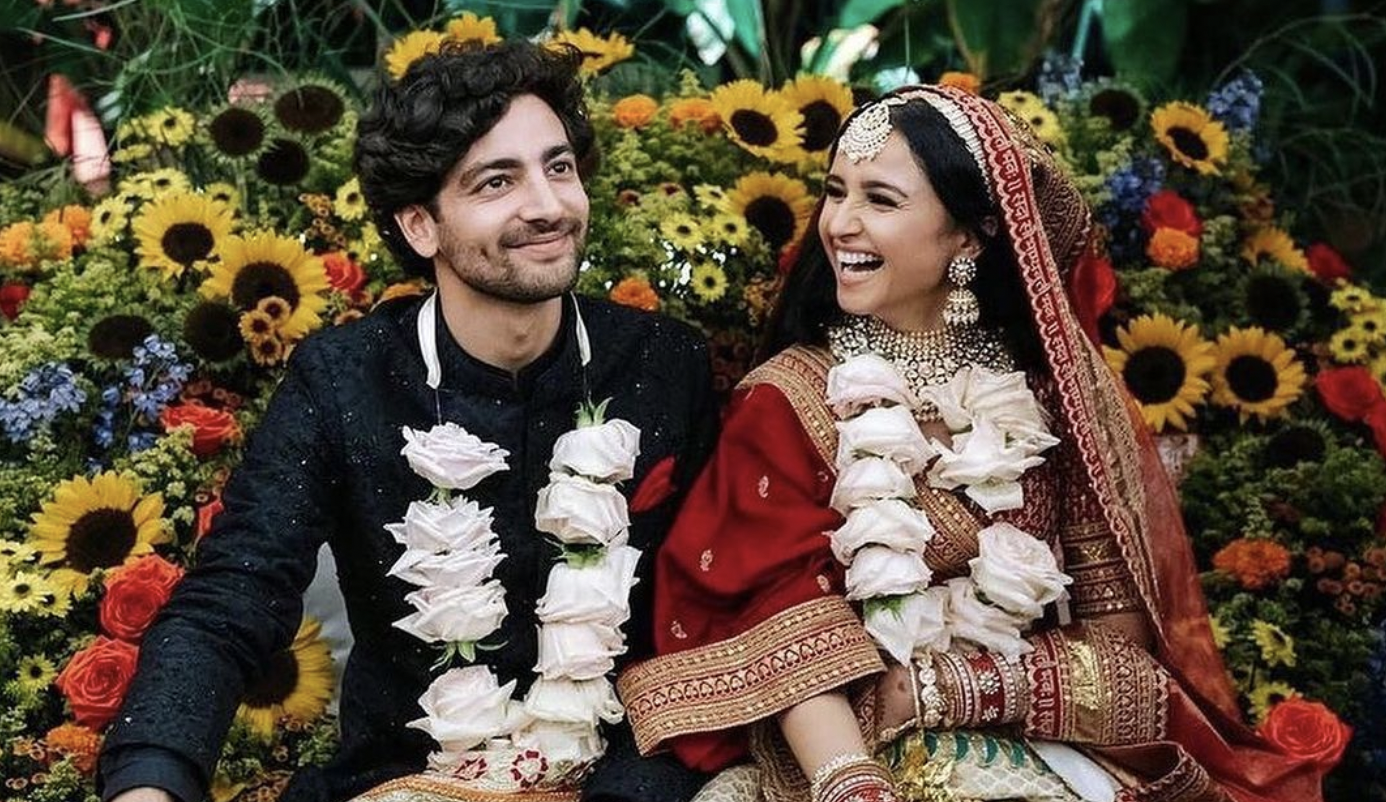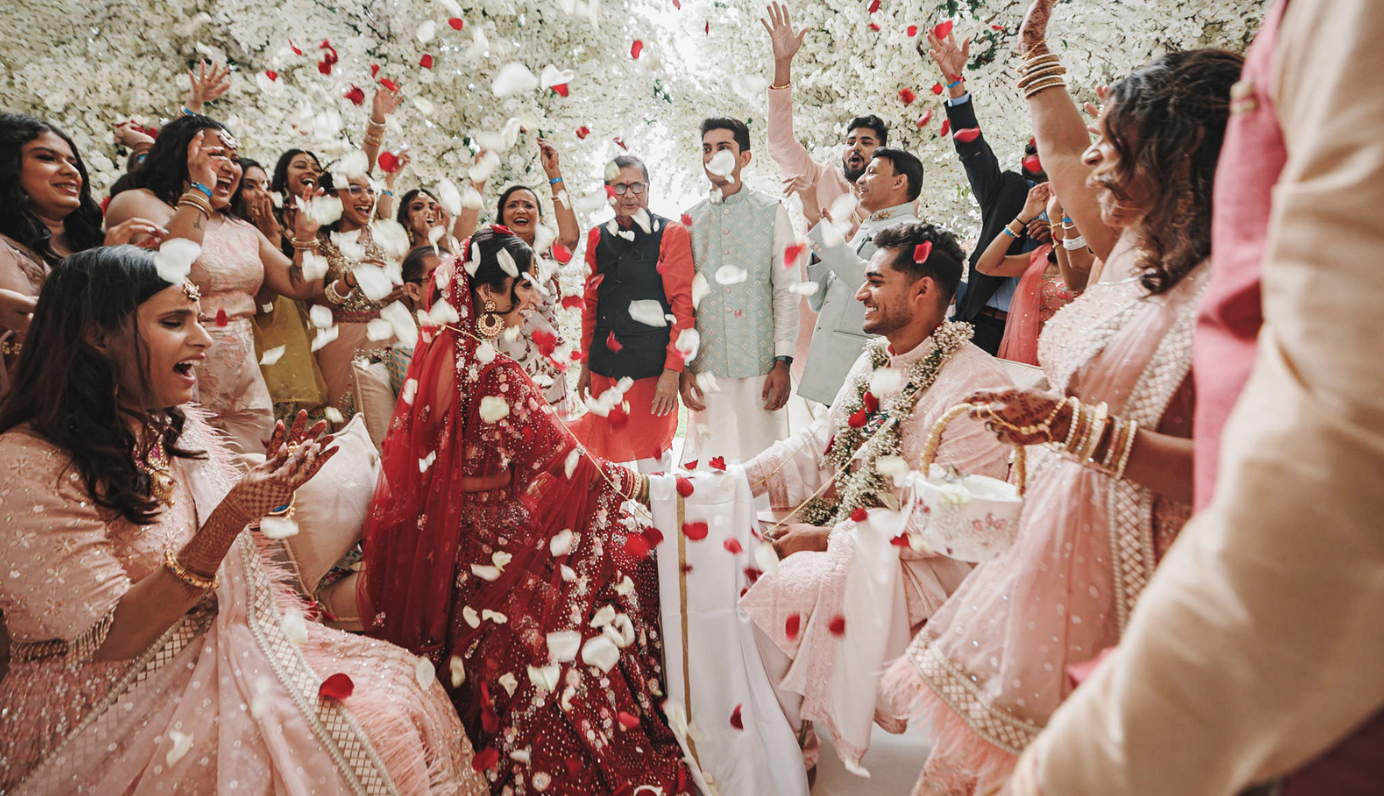The Beauty & Significance of Phool Palla In Sikh Weddings
South Asian Wedding SachiThe Anand Karaj is a sacred and joyous Sikh wedding ceremony that symbolizes the union of two souls in the presence of the Guru Granth Sahib, the holy scripture of Sikhism. It is characterized by its simplicity, humility, and deep spirituality. During the ceremony, the bride and groom take their vows before the Guru Granth Sahib, walk around it in a clockwise direction, and receive blessings from the congregation. The central focus is on the couple's commitment to leading a life of love, equality, and service to humanity. The Anand Karaj underscores Sikh values and celebrates the spiritual and emotional union of the bride and groom.
With ever-evolving trends spanning attire, accessories, extravagant menus, and decor, Indian weddings have been globally pioneering unmatched standards. Every facet of these weddings embraces modernism without forsaking their deep-rooted traditional and cultural charm. We are dedicated to bringing you these stunning trends daily. One such trend that is taking everyone’s attention is the contemporary usage of floral or rose garlands during the 'palla rasam' in Sikh weddings.
Phool Palla in Sikh Weddings
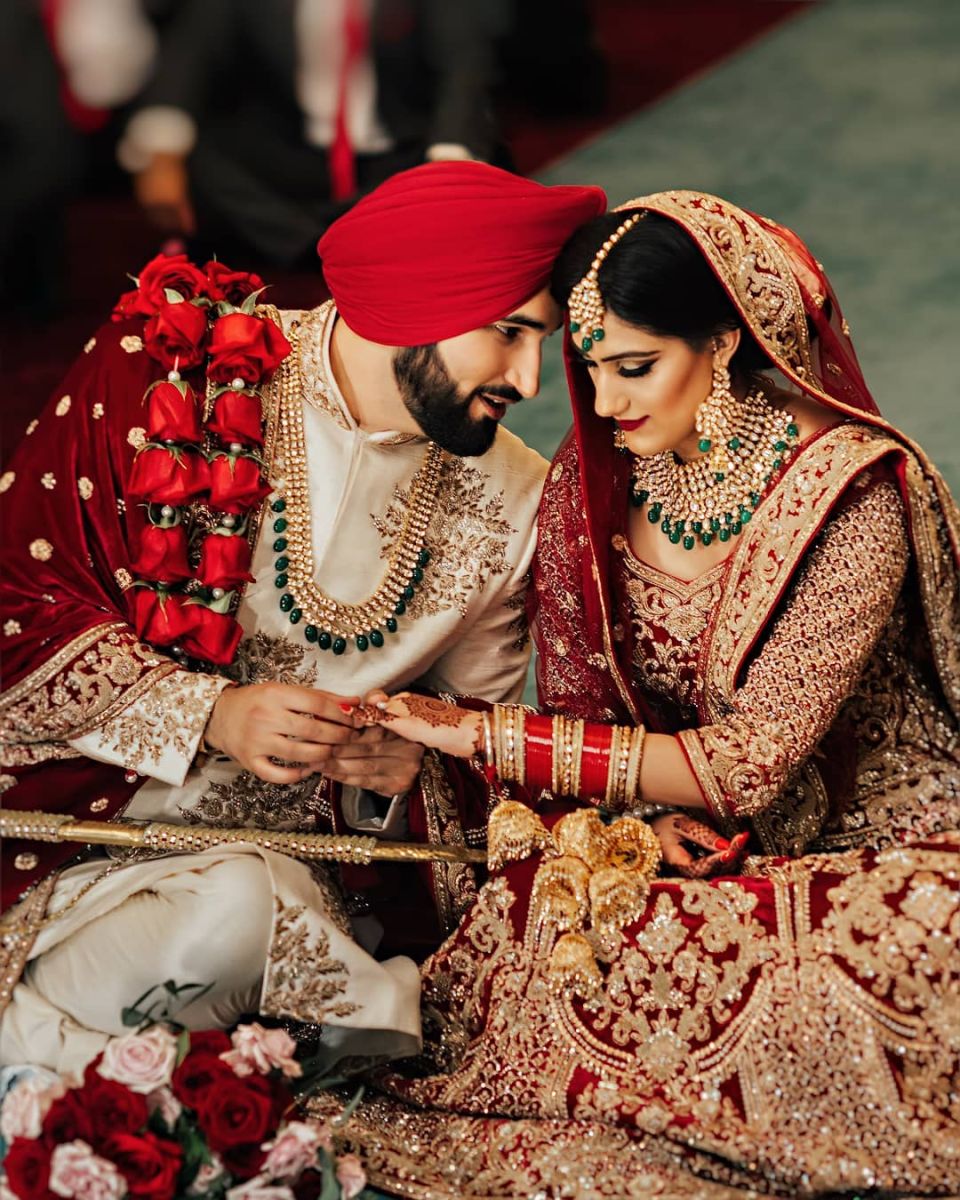
Source: Amrit Photography
The inherent elegance and spiritual ambiance of a traditional Sikh wedding are truly incomparable and deeply moving. The addition of these floral garlands gracefully enhances the serene atmosphere of the sacred Anand Karaj ceremony.
In a departure from conventional fabric pallus, couples are choosing these latest designs of floral garlands for Sikh weddings, leaving us awe-struck by their beauty. These delicate garlands can be customized with various flowers and can be either single or double-layered. These fashionable Sikh wedding garland designs are bound to touch your heart and may even inspire you to include one in your wedding.
The "Palla" in the Anand Karaj ceremony holds profound importance and symbolism. Anand Karaj is the Sikh wedding ceremony, and the Palla plays a significant role in it for several reasons:
Source: Gagan & Kevan's Waterfront Wedding In Surrey Is Everything Regal
1. Union of Souls
The Palla represents the union of two souls in holy matrimony. It is a symbol of the couple's commitment to supporting and sharing their life journey. Just as the Palla ties them together physically, the ceremony binds them spiritually and emotionally.
2. Equality and Shared Responsibility
In Sikhism, marriage is seen as a partnership of equals. The Palla is placed over the shoulders of both the bride and groom, signifying that they share responsibilities and burdens equally in their married life. It underscores the idea that they are walking together, side by side, on their life's path.
3. Spiritual Blessings
During the Anand Karaj, the Guru Granth Sahib (the holy scripture of Sikhism) is central. The Palla also symbolizes the presence of the Guru in the couple's life and the blessing bestowed upon their union. It signifies that the couple is taking their vows in the presence of the divine.
4. Commitment to the Guru's Teachings
The Palla is a tangible reminder for the couple to uphold the Sikh values and teachings in their marriage. It symbolizes their commitment to leading a life of honesty, humility, and service to humanity, as preached by Guru Nanak.
5. Cultural Tradition
The Palla is a deeply ingrained cultural tradition in Sikh weddings. It has been a part of the Anand Karaj for generations, and its presence carries forward the rich cultural heritage and spiritual significance of the ceremony.
Historical Background of Palla Ceremony in Sikh Weddings
The tradition of the "Palla" in Sikh weddings has deep historical roots dating back to the time of Guru Nanak Dev Ji, the founder of Sikhism. Guru Nanak himself established the Anand Karaj ceremony, emphasizing the significance of a simple and spiritually meaningful union between two individuals. The Palla was introduced as a symbol of equality, partnership, and shared responsibilities within the marriage.

Source: Sutej Pannu Photography
Over the centuries, the Palla tradition has evolved while retaining its core symbolism. Originally, the Palla was a simple piece of cloth, often white, signifying purity and simplicity. However, as Sikh culture adapted to regional customs and preferences, the Palla began to take on various forms, including colorful and intricately embroidered designs, flowers, pearls, etc.
In contemporary Sikh weddings, the Palla is often more ornate, with couples choosing designs and colors that resonate with their style and the overall wedding theme. While the fabric may have evolved, the core symbolism and significance of the Palla remain intact.
The Palla holds great significance in Sikh culture and aligns with Sikh values and teachings. It symbolizes several key principles:
- Equality
- Shared Responsibilities
- Spiritual Connection
The Symbolism of Phool Palla
The "Phool Palla" primarily symbolizes purity and beauty. In many cultures, including Hindu and Sikh weddings, it represents the purity of the union between the bride and groom. The use of fresh, vibrant flowers signifies the pure and untarnished love that the couple shares as they embark on their journey together. These flowers, in their natural and pristine state, reflect the untouched and unspoiled beauty of the bride and groom's commitment to each other.
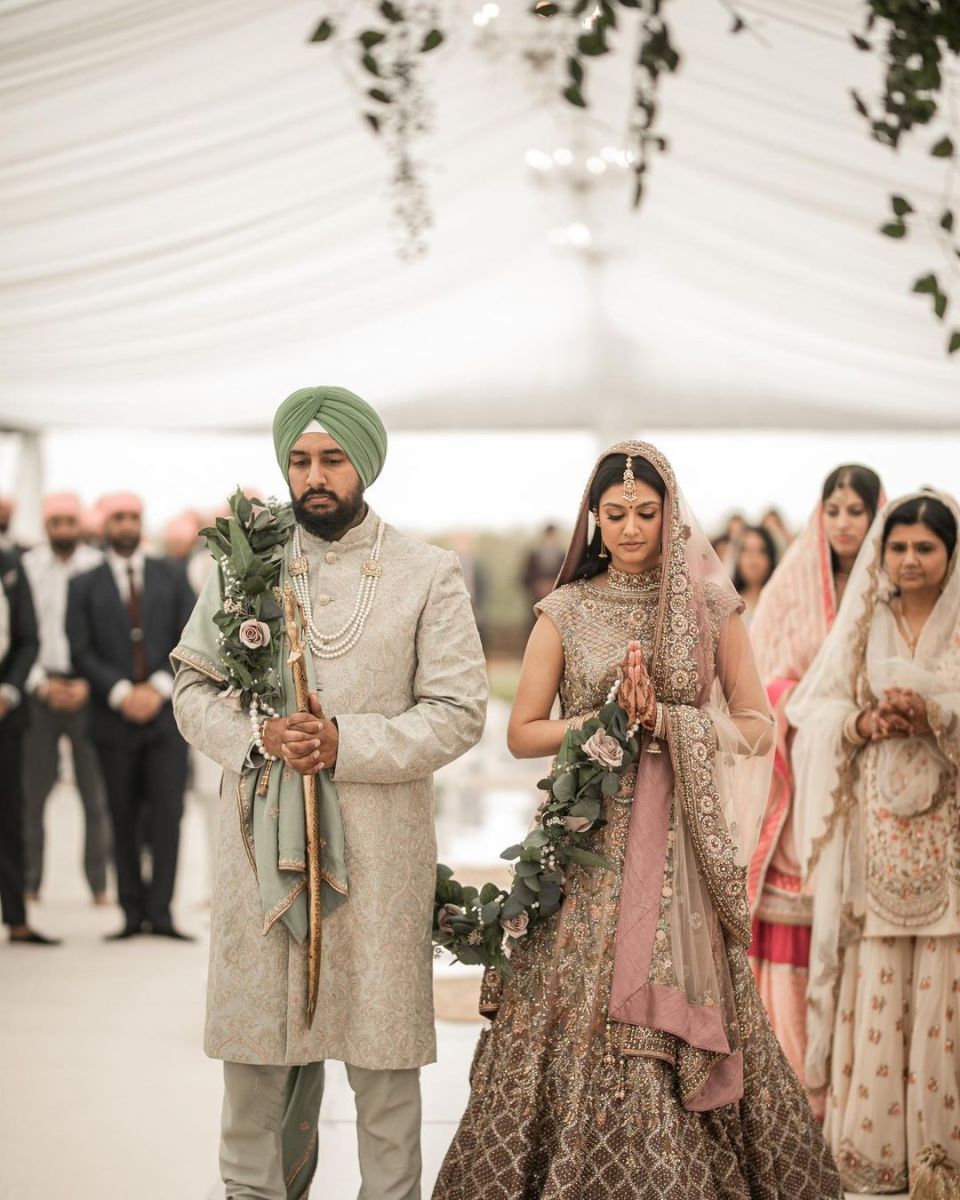
Source: Charming Affairs Decor
The specific flowers chosen for the "Phool Palla" can hold additional symbolic significance. For instance, the use of marigolds, which are often bright orange or yellow, can symbolize prosperity, happiness, and the sun's energy. Roses may signify love and passion. Jasmine, with its sweet fragrance, can represent sensuality and the sweetness of love. The selection of flowers can be personalized to align with the couple's cultural and regional traditions or individual preferences.
In Sikh weddings, particularly during the "Anand Karaj" ceremony, the "Phool Palla" assumes unique significance. Sikhs place a strong emphasis on humility, simplicity, and the divine union between two souls. The use of flowers in the Phool Palla aligns perfectly with these values. It signifies the natural beauty of creation, reflecting the divine beauty and purity of the union between the bride and groom. It's a reminder that in the eyes of Sikhism, the most beautiful adornment a bride can wear is her genuine humility and devotion.
The Process of Creating Phool Palla
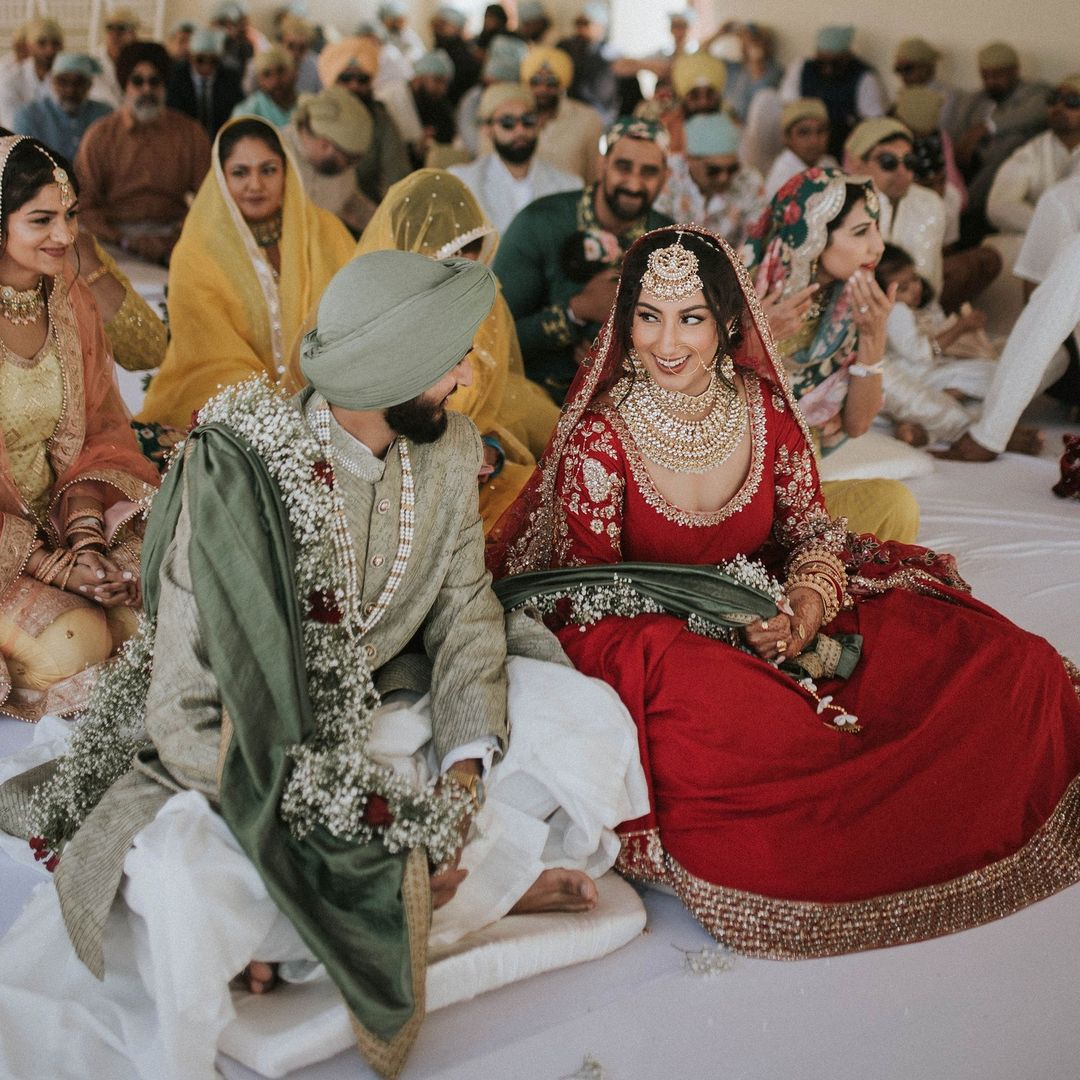
Source: I Rock Weddings
The creation of a "Phool Palla," a traditional floral adornment often worn during Indian weddings, involves a meticulous process that combines artistry, cultural significance, and personal preferences. Here's a breakdown of the steps involved:
A. Selection of Flowers
The process begins with the careful selection of flowers. The choice of flowers can be influenced by several factors, including the bride's favorite blooms, cultural traditions, regional preferences, and seasonal availability. Flowers such as roses, marigolds, jasmine, orchids, and lotus are commonly used. The symbolism associated with each flower also plays a role. For example, marigolds are seen as a symbol of prosperity and happiness, while jasmine represents sensuality and sweetness.
B. Design and Arrangement
Once the flowers are chosen, the florist or designer sets to work on creating the Phool Palla. The design and arrangement of the flowers are crucial. Traditional Phool Pallas are often crafted as strings, while contemporary styles may include floral crowns or other innovative designs. The flowers are meticulously arranged, taking into account their colors, sizes, and shapes to create a visually appealing and balanced adornment. The strings may also incorporate leaves, beads, or other decorative elements for added texture and elegance.
C. Traditional vs. Contemporary Styles
The style of the Phool Palla can vary based on cultural traditions and personal preferences. Traditional styles adhere to age-old customs, using classic floral arrangements and colors that hold specific cultural significance. These styles often follow established patterns and designs that have been passed down through generations.
On the other hand, contemporary Phool Pallas embrace innovation and creativity. They may feature unique shapes, non-traditional color combinations, and modern design elements. Contemporary Phool Pallas are often customized to align with the bride's style and the overall theme of the wedding.
Incorporating Phool Palla in Anandkaraj
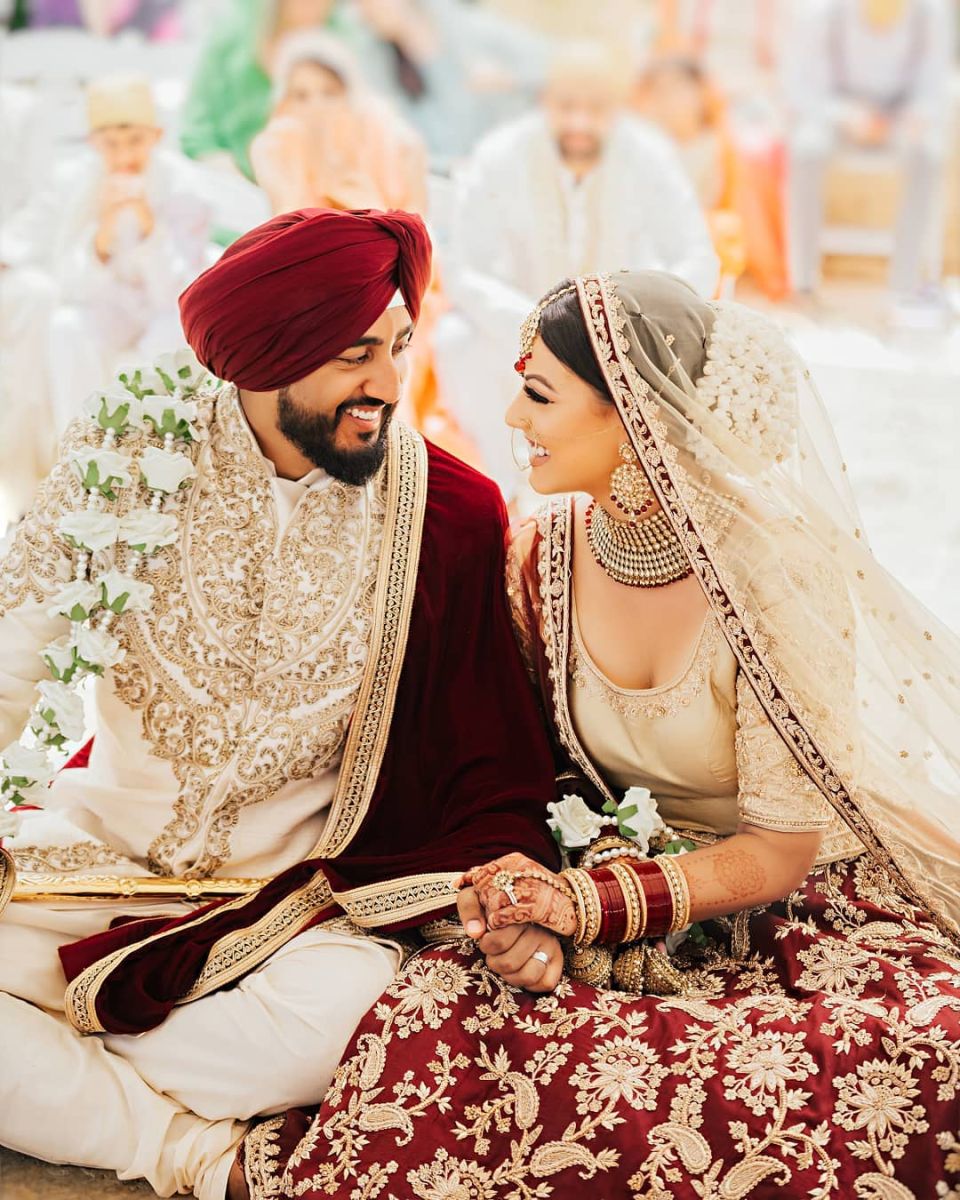
Source: Amrit Photography
Incorporating the "Phool Palla" into the Anand Karaj, the sacred Sikh wedding ceremony, adds a touch of grace and tradition. The Phool Palla plays a symbolic role in the ceremony, representing the union of two souls in matrimony. It is draped over the shoulders of both the bride and groom, signifying equality and shared responsibilities in their marital journey. Just as the Palla ties them together physically, the Anand Karaj binds them spiritually and emotionally in the presence of the Guru Granth Sahib, the central focus of the ceremony. The Phool Palla reminds the couple of their commitment to lead a life of humility, love, and devotion to Sikh values.
The Phool Palla seamlessly integrates with other elements of the Anand Karaj. It complements the simple and spiritual ambiance of the ceremony. The choice of flowers for the Phool Palla can be coordinated with other floral decorations at the Gurudwara or wedding venue, enhancing the overall visual appeal and cultural significance. Additionally, the Phool Palla harmonizes with the attire of the bride and groom. It complements the bridal outfit and the groom's attire, adding an elegant touch that aligns with the sanctity of the occasion.
Couples have the opportunity to customize and personalize the Phool Palla to reflect their unique style and preferences. The Phool Palla can be crafted with various types of flowers, each carrying its symbolism. For instance, marigolds symbolize prosperity and happiness, while jasmine represents sweetness and sensuality. Couples can choose the flowers that resonate with them or hold cultural significance. The Phool Palla can also be designed to match the color scheme or theme of the wedding. Whether it's a classic design or a contemporary twist, the Phool Palla can be tailored to make a statement while honoring tradition.
Tips for Choosing the Right Phool Palla
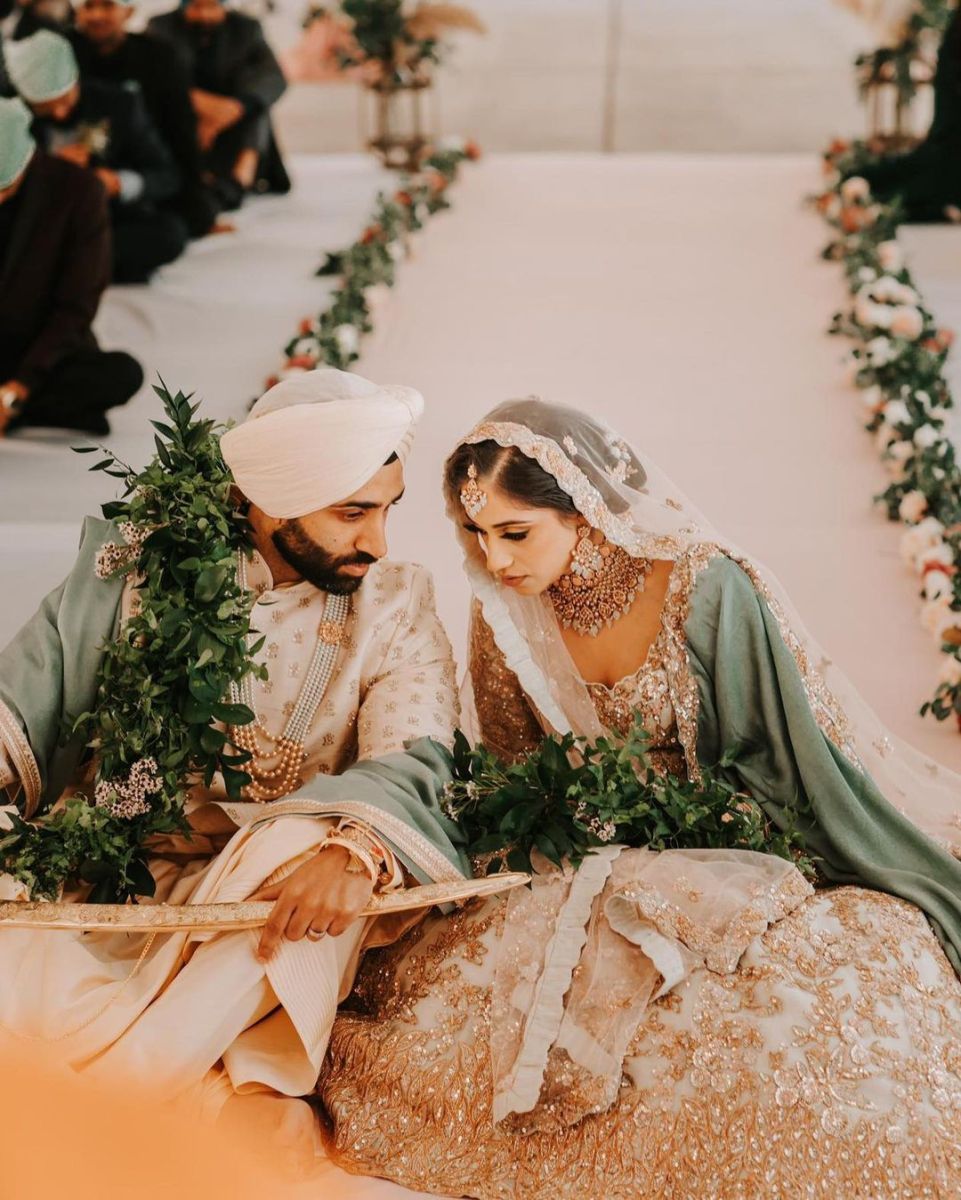
Source: Vivah Collection
Choosing the right "Phool Palla" for your wedding is a delightful yet significant decision. This traditional adornment not only adds a touch of natural beauty but also carries deep symbolism. Here are some essential tips to consider when selecting the perfect Phool Palla:
A. Consideration of Theme and Color Scheme
.jpeg)
Source: Palms Weddings and Events
Begin by thinking about the theme and color scheme of your wedding. The Phool Palla should complement and enhance the overall aesthetic of the event. Whether your wedding has a vibrant, colorful theme or a more subdued and elegant one, the choice of flowers and colors should harmonize with the decor. For instance, if your wedding has a tropical theme, you might opt for bright and exotic flowers like orchids and hibiscus. In contrast, a rustic-themed wedding may call for more earthy and muted tones.
B. Selection of Seasonal Flowers
Seasonal flowers not only look fresher but can also be more cost-effective. Consult with your florist to determine which flowers are in season during your wedding date. Seasonal blooms are not only more readily available but also reflect the natural beauty of the time of year. They can also carry specific symbolism. For example, spring may offer blossoms that symbolize new beginnings, while winter could feature evergreens that signify eternal love.
C. Coordination with Wedding Attire
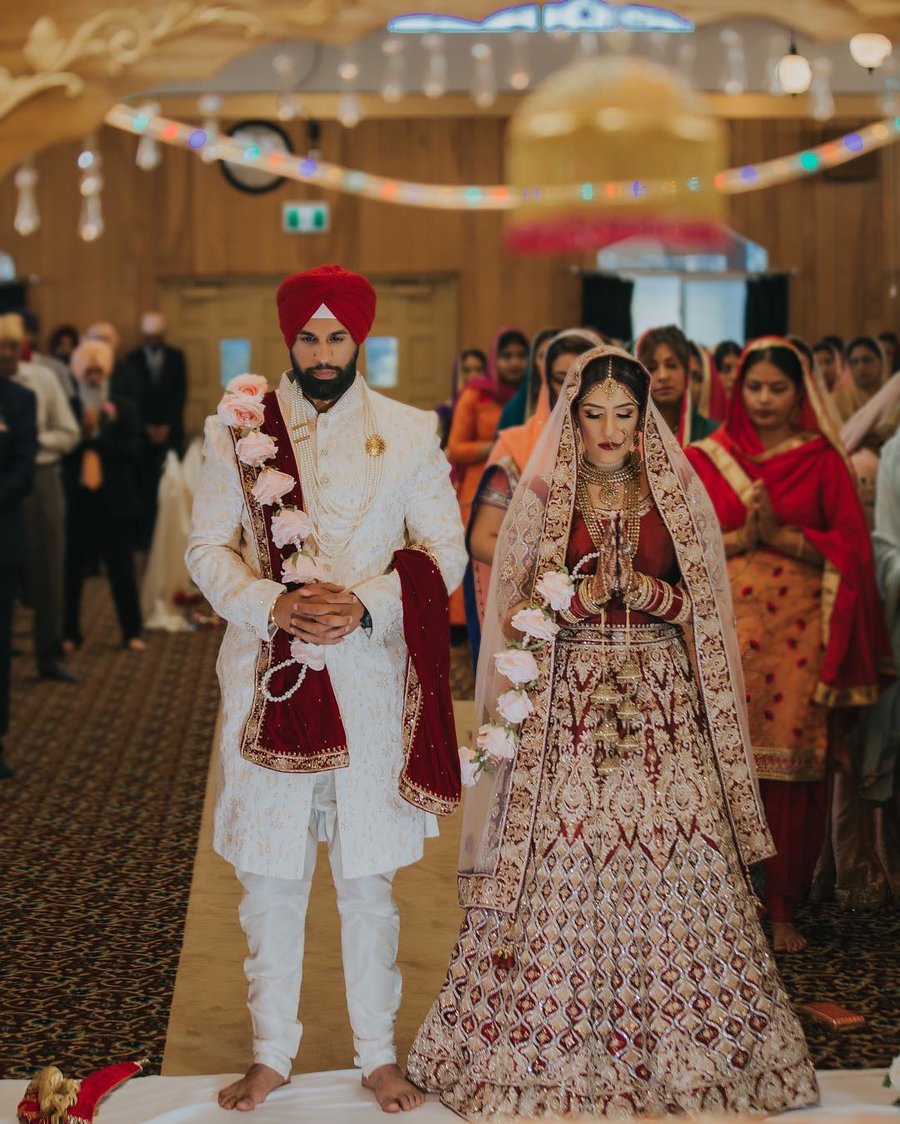
Source: Dreambox Creations
The Phool Palla should harmonize with the bride's attire, as well as the groom's outfit. Ensure that the colors and style of the floral adornment complement the bridal attire, including the color of the bridal lehenga, saree, or gown. It's important that the Phool Palla enhances the overall bridal look and doesn't clash or overwhelm.
Conclusion
Embracing the tradition of Phool Pallas while adding personal touches is a beautiful way to infuse your wedding with culture and individuality. This age-old adornment symbolizes purity and beauty, making it a meaningful addition to your special day. Whether you opt for a classic, traditional style or a contemporary, personalized design, the Phool Palla enhances the richness of your Anand Karaj ceremony. As you embark on this sacred journey, may your union be filled with love, happiness, and eternal bliss. Cherish the beauty of tradition, and let your personal touches make it uniquely yours. Here's to a blissful Anandkaraj and a lifetime of happiness.
Edited & Photo Sourced By: Neha Garg Ahuja




